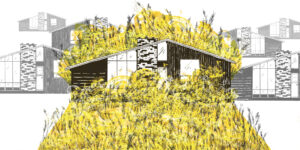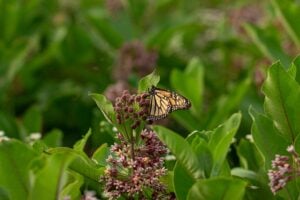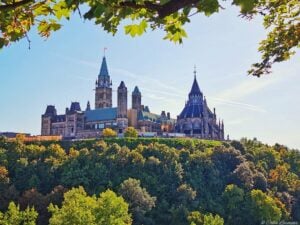One pinewood south of the capital is still turning up remains of soldiers and civilians from the Second World War. In another, at the end of a plantation I found a dilapidated nineteenth-century castle fit for a fairy tale. It had been requisitioned by Himmler, and its grounds had been renovated by the prisoners of a nearby concentration camp.
I often walked in these forests alone. Each time, I felt a little bit afraid. I attuned my senses to the environment around me: the glint of sunlight between high branches, the smell that emanated from the sand underfoot. I recited the names of forest species: Scots pine, heather, bilberry. Eventually my skin stopped prickling at every dark thought, and my head stopped turning at every creak from the timber above.
I have begun to collect pines in my life. I do not realise it at first, but I am noting their subtle differences—the shape of a cone, the thickness of bark, the way a spray of needles drapes from a branch.
Once I’d spent a few weeks identifying herbarium specimens at Kew Gardens. At lunchtime, I often walked out into the gardens, hoping to see as much as I could with my visitor’s pass. Near the herbarium I found a single pine tree: an Austrian black pine in a mulched-over bed along a pathway in the back. It was remarkably straight, with metallic scales climbing its trunk, and a bushy, dark spray of branches near its top. Standing beneath it, I could think only of the backyard pines I grew up with.
The next summer, I added to my collection while visiting my family. Small clusters of evergreen life that I found dotted around the ground of the cottage, a place where jack pines and white pines reach out across the rocks. I arranged them along the windowsill and filed their forms away in my mind, recorded the feel of their needles, cones, and bark.
What I had in mind was a pinetum: an imagined one, perhaps, a place to hold all the pines I had ever known. Where pines that spanned vast distances would feel, to me, like home.







